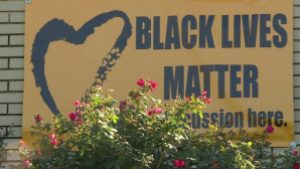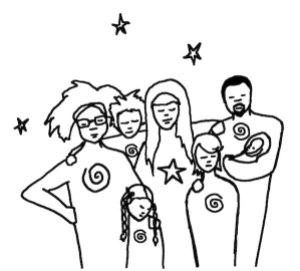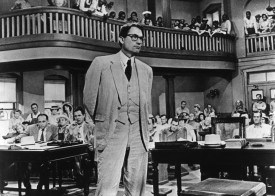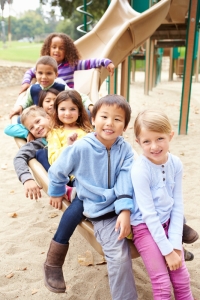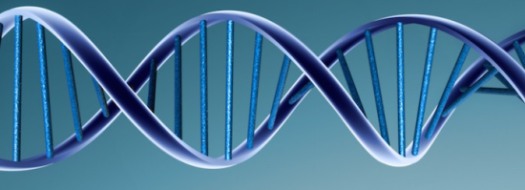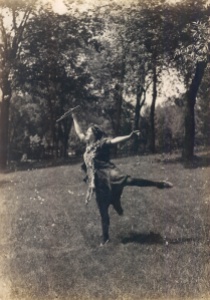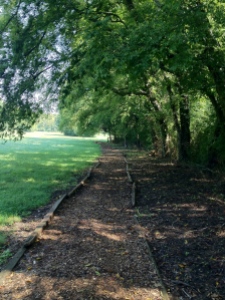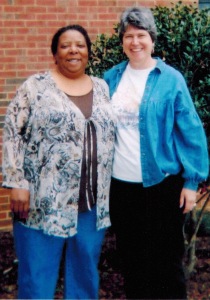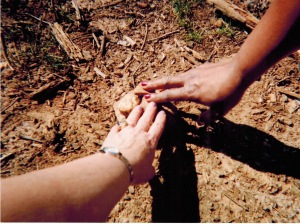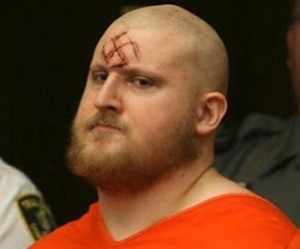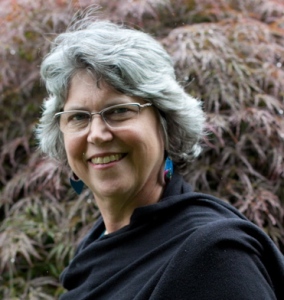Yes.
Do all lives matter?
Yes.
Since black lives are obviously part of all lives, why is it important to highlight that black lives matter?
In America today, blacks are far too often treated as if their lives don’t matter as much as white lives. It’s been that way for a long time, but lately it is becoming more obvious to whites like me.
It is popular for liberal white people to claim to be “colorblind,” affirming that all lives matter, regardless of color of skin, simply because we are all humans together. Unfortunately, the horrible cost of a white person being “colorblind” is that this point-of-view can effectively blind white people to injustice within housing, medicine, schools, courts, law enforcement and employment (to name a few places).
A very sophisticated system has been in place since America’s beginning to try to ensure that whites don’t notice this bias based on skin color. Whites were trained to believe that race, and “the race problem,” was a black (or non-white) thing. Consequently, as a child, it never occurred to me that I had a “race” or that the color of my skin had any affect on my life. Many of us white-skinned people paid scant attention to reports of racial injustice or saw each event as an isolated and explainable case.
Effectively woven into the structure of the United States of America from our inception is our national “race problem”—the centering of power, control and access within those with white-skinned while, in later years, trying to maintain the appearance of inclusion.
When police killed unarmed black men, one after another, Black Lives Matter rose up as a powerful corrective for democracy-loving America. The problem was clearly not just individual policemen but also bias throughout the law enforcement and court institutions. The string of killings was horrifying enough, but that wasn’t the whole story. Fellow officers didn’t stop their partner from using an illegal and deadly chokehold (Eric Garner), disrespectfully leaving the dead victim’s body on the sidewalk for overly long times (Michael Brown) and were unnecessarily harsh and heartless in their treatment of grieving families of the victims (Tamir Rice). For generations, police violence has been disproportionately used against blacks without legal consequences. America needs to start acting like black lives matter as much as white lives.
In truth, none of us is free until all of us are free. American roots were wrapped tightly around racism, sexism and classism. In that system, it was critical for one group of people—white men—to have power over everyone else. That strict hierarchy is inherent in patriarchy and structural racism, and part of the reason that we need to be reminded that black lives matter, women’s lives matter, brown lives matter, poor people’s lives matter…
It doesn’t have to be that way. As a woman, I am affected by the fact that in our culture women’s lives don’t matter as much as men’s lives. But when I assert that women’s lives matter, I am not saying that men’s lives don’t matter. Men are part of my life—my son, my husband, friends and relatives. When I stand up for women, I am standing up for justice for all.
For black Americans, the separation between black lives and white lives is often complicated. Many blacks are mixed race and have a white parent or grandparent. For a black person to say that black lives matter doesn’t mean that they believe that non-black lives don’t matter. Rather, it is a much needed corrective, a reminder that the individual and structural behaviors and beliefs need to change now, and we need to act like America knows that black lives matter.
This injustice affects the soul of America, and that includes me. My freedom, your freedom, is intimately connected to everyone being free. Working together in diverse partnerships, we must unearth, then eradicate, at its roots, the racism built into our institutions and laws.
I look forward to the day when our nation embodies the truths claimed at the founding of America—Liberty and Justice for all. For all lives to matter, we need to first heed the reminder that black lives matter.
This is one of several blogs that got its start listening to The Seattle Times Under Our Skin: What do we mean when we talk about Race? video. I wanted to explore how I would respond to their inquiry.
